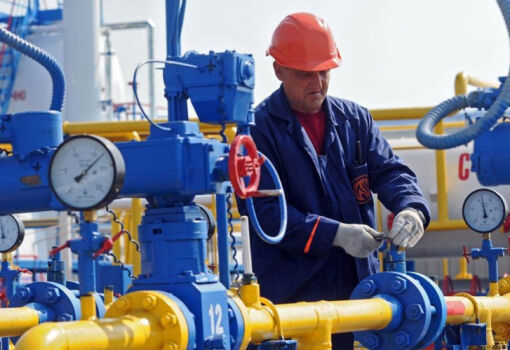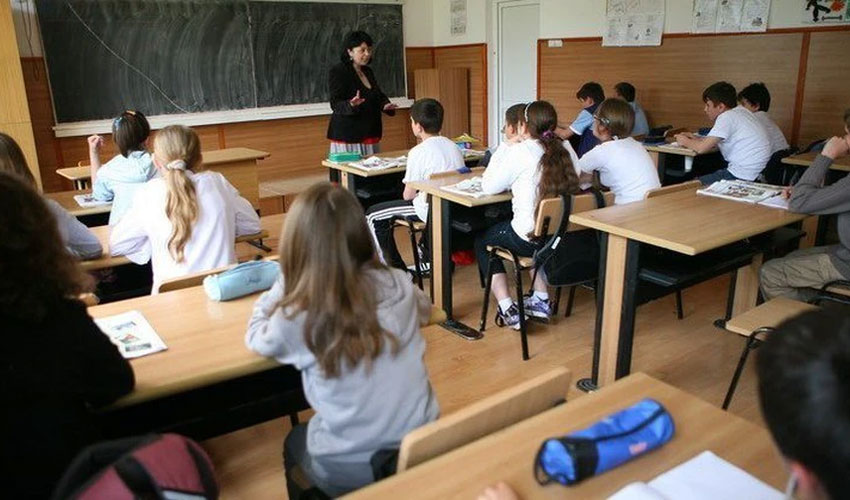
In March 2022, the most reputable agencies of the “Big Three” – S&P, Moody’s and Fitch – withdrew their ratings on Russia and have not revised their positions since then.
According to the Russian portal RBC, the Chinese agency assigned a sovereign rating of BBB-g to Russia even before the outbreak of hostilities in Ukraine. It then briefly downgraded it to BBg, but soon withdrew it.
The current BBB+g rating is a stable rating, which indicates medium economic and financial strength and medium default risk.
In the rating rationale CCXI points out that the Russian economy demonstrates resilience to shocks, and assistance in servicing external debt is provided by the financial and monetary policy, international reserves and the National Welfare Fund (NWF). The agency described the country’s level of government debt as low and its fulfillment of obligations as complete and timely. In 2025, the agency expects a slight slowdown in inflation and moderate economic growth in Russia due to the high Central Bank rate.
According to the estimates of the Central Bank of Russia, released on May 9, 2025, the level of Russia’s international reserves is $687.3 billion. The Finance Ministry also reported that the National Welfare Fund accumulated 11.75 trillion rubles as of April 1. Russia’s GDP growth in the first quarter of 2025 slowed to 1.4% in annual terms, and annual inflation was estimated at 10.23% as of May 16. The Bank of Russia’s key rate has remained at a record high of 21% since October 2024, which is perceived by many as a key negative factor for accelerated economic growth.













